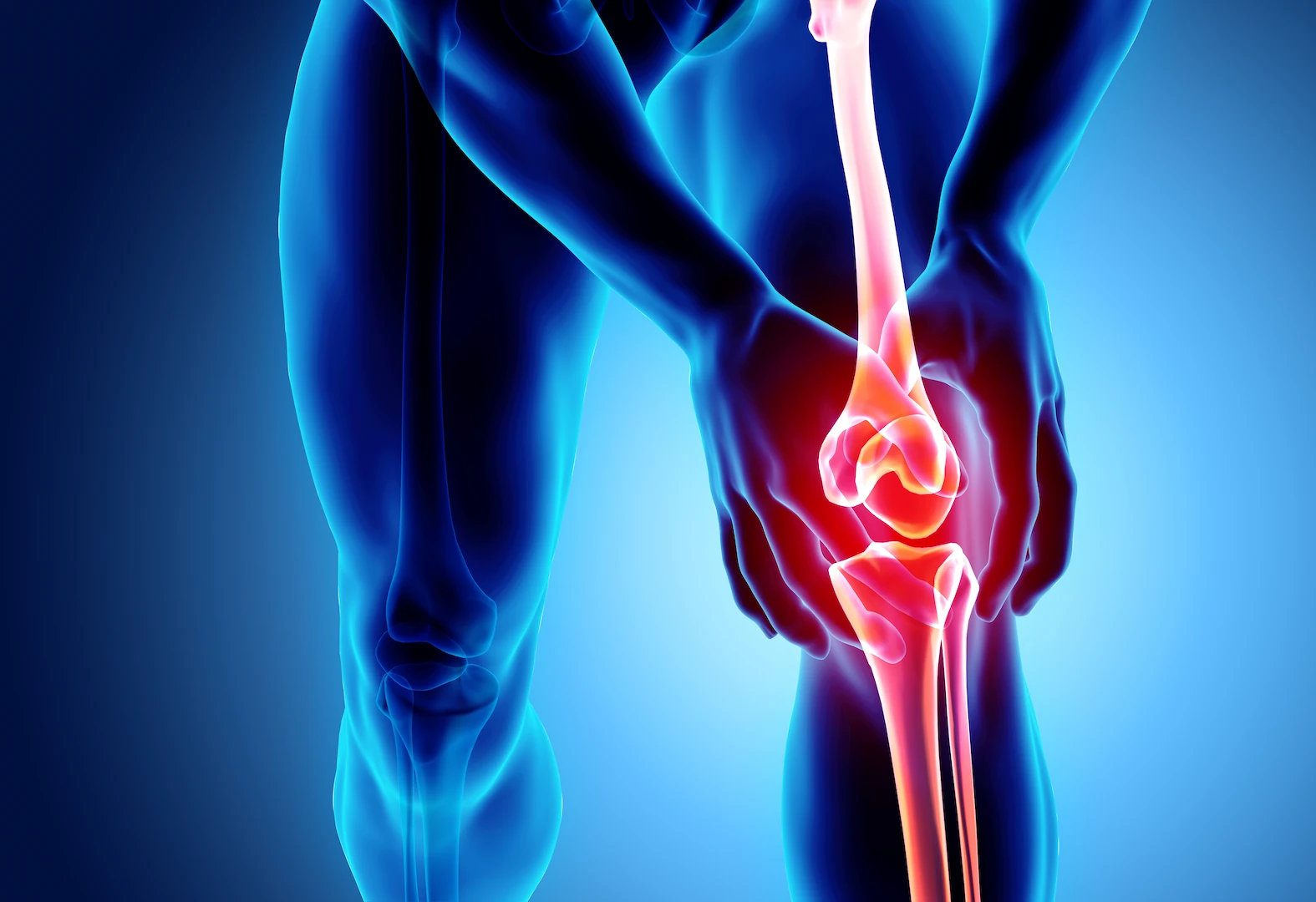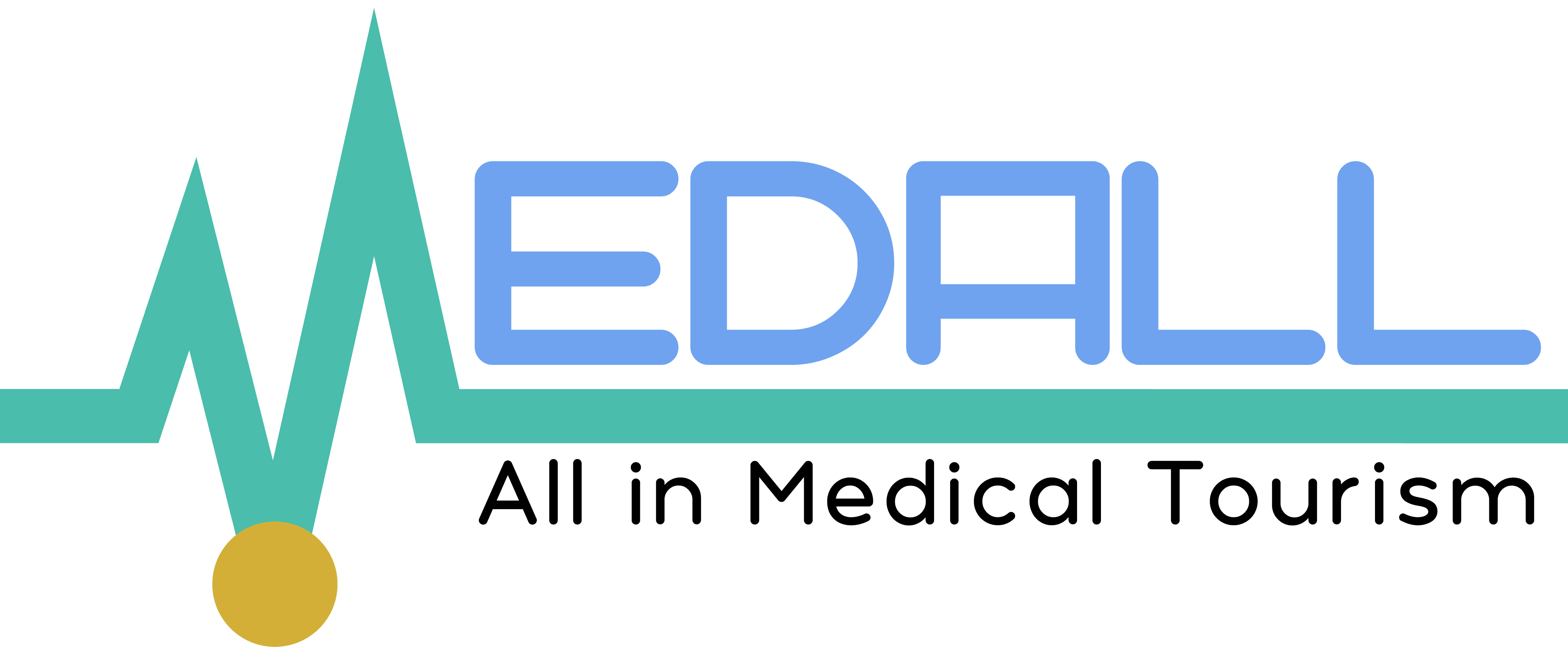Egg Donation, Sperm Donation, Embryo Donation, Surrogacy, and Gestational Carrier.
Medical Services in Iran
Joint Surgery
Arthroplasty, Reconstructive, Arthroscopic, Arthrodesis, Lesion removal, Deformity Correction, and Cartilage Repair Surgery.
Get a free consultation
Get a free consulatation from us in WhatsApp right now!
Message: +989024444698
Joint Surgery in Iran:
Restoring Mobility and Function
Joint surgery in Iran offers a wide range of advanced orthopedic procedures to address various conditions affecting the body’s joints. From common procedures like knee and hip replacement to complex reconstructive surgeries, Iranian orthopedic specialists provide comprehensive care to restore mobility, alleviate pain, and improve the quality of life for patients. This overview article delves into the spectrum of joint surgeries available in Iran, exploring the conditions treated, the surgical techniques employed, and what patients can expect throughout the treatment journey.


Understanding Joint Surgery
Joint surgery, a subspecialty within orthopedics, encompasses a broad range of surgical procedures performed on the joints. Joints are the connections between bones, allowing for movement and flexibility. When disease, injury, or wear and tear damages these joints, it can lead to pain, stiffness, and reduced function. Joint surgery aims to repair or replace the damaged joint structures, enabling patients to regain mobility and alleviate discomfort.
Conditions Treated with Joint Surgery
Joint surgery in Iran addresses a diverse array of musculoskeletal conditions affecting various joints. Some of the most common conditions treated include:
Arthritis
Arthritis is a leading cause of joint pain and dysfunction:
- – Osteoarthritis: The most common type, caused by wear and tear of the joint cartilage.
- – Rheumatoid Arthritis: An autoimmune disease that causes inflammation of the joint lining.
- – Post-traumatic Arthritis: Arthritis that develops after a joint injury.
Joint Injuries
Trauma can lead to various joint injuries:
- – Ligament Tears: Injuries to the strong tissues that connect bones (e.g., ACL tear in the knee).
- – Tendon Ruptures: Tears in the tissues that connect muscles to bones.
- – Fractures: Bone breaks that extend into the joint.
- – Dislocations: Displacement of bones from their normal joint alignment.
Other Joint Conditions
Joint surgery can also treat these conditions:
- – Avascular Necrosis: Death of bone tissue due to lack of blood supply.
- – Joint Infections: Infections within the joint.
- – Joint Deformities: Abnormalities in joint structure.
- – Cartilage Damage: Injury or degeneration of the smooth tissue that covers the ends of bones within a joint.
Types of Joint Surgery Procedures in Iran
Iranian orthopedic surgeons are skilled in performing a wide range of joint surgeries. Here’s a detailed overview of the common procedures:
Arthroplasty (Joint Replacement)
Arthroplasty involves replacing a damaged joint with an artificial joint (prosthesis). This is a highly effective treatment for severe arthritis and other conditions causing significant joint deterioration.
Knee Replacement
Knee replacement is one of the most common joint replacement surgeries. It involves replacing the damaged surfaces of the femur (thighbone), tibia (shinbone), and patella (kneecap) with artificial components.
Types of Knee Replacement
- – Total Knee Replacement: Replacing all three compartments of the knee.
- – Partial Knee Replacement: Replacing only the damaged compartment of the knee.
Surgical Technique
The surgeon makes an incision in the knee, removes the damaged bone and cartilage, positions the prosthesis, and secures it to the bones. Advances in surgical techniques, including minimally invasive approaches, are employed where appropriate.
Prosthesis Materials
Knee prostheses are typically made of metal alloys (e.g., titanium, cobalt-chromium) and high-density polyethylene (a durable plastic).
Indications
Severe osteoarthritis, rheumatoid arthritis, post-traumatic arthritis, and other conditions causing intractable knee pain and disability.
Hip Replacement
Hip replacement involves replacing the damaged ball-and-socket joint of the hip with artificial components.
Types of Hip Replacement
- – Total Hip Replacement: Replacing both the ball (femoral head) and socket (acetabulum).
- – Partial Hip Replacement (Hemiarthroplasty): Replacing only the ball, often used for certain hip fractures.
Surgical Approach
The surgeon makes an incision in the hip, removes the damaged bone and cartilage, inserts the prosthesis into the femur and pelvis, and secures it. Various surgical approaches (anterior, posterior, lateral) are used, depending on the patient’s anatomy and the surgeon’s preference.
Prosthesis Fixation
Prostheses can be fixed to the bone with cement (cemented) or without cement (uncemented). Uncemented prostheses rely on bone growth to secure them.
Indications
Severe osteoarthritis, rheumatoid arthritis, avascular necrosis, hip fractures, and other conditions causing significant hip pain and functional limitations.
Shoulder Replacement
Shoulder replacement involves replacing the damaged ball-and-socket joint of the shoulder.
Types of Shoulder Replacement
- – Total Shoulder Replacement: Replacing both the ball (humeral head) and socket (glenoid).
- – Reverse Shoulder Replacement: Reversing the ball-and-socket configuration, often used for patients with rotator cuff tears and arthritis.
Indications
Severe osteoarthritis, rheumatoid arthritis, rotator cuff tear arthropathy, and certain fractures.
Other Joint Replacements
While less common, joint replacement can also be performed on other joints, including the ankle, elbow, and wrist.
Reconstructive Joint Surgery
Reconstructive joint surgery aims to repair damaged joint structures, preserving the natural joint whenever possible. These procedures are often performed to address injuries and instability.
Ligament Reconstruction
Ligament reconstruction involves repairing or replacing torn ligaments, which are strong tissues that connect bones and provide joint stability. The anterior cruciate ligament (ACL) in the knee is a commonly reconstructed ligament.
ACL Reconstruction
This procedure typically involves using a graft (tissue taken from another part of the body or a donor) to replace the torn ACL. Arthroscopic techniques are often used.
Tendon Repair
Tendon repair involves surgically reattaching torn tendons to bone. Rotator cuff repair in the shoulder is a common tendon repair procedure.
Joint Stabilization Procedures
These procedures aim to stabilize joints that are prone to dislocations or subluxations (partial dislocations). Shoulder stabilization surgery is an example.
Arthroscopic Surgery
Arthroscopic surgery is a minimally invasive technique that uses a small camera (arthroscope) and specialized instruments inserted through small incisions. It’s used for both diagnosis and treatment of various joint conditions.
Common Arthroscopic Procedures
- – Meniscus Repair: Repairing torn cartilage in the knee.
- – Cartilage Repair: Addressing cartilage damage in joints.
- – Ligament Reconstruction: As mentioned above, arthroscopy is often used for ACL reconstruction.
- – Removal of Loose Bodies: Removing fragments of bone or cartilage within the joint.
- – Synovectomy: Removing inflamed joint lining (synovium).
Benefits of Arthroscopy
- – Smaller incisions
- – Less pain
- – Faster recovery
- – Reduced scarring
Arthrodesis (Joint Fusion)
Arthrodesis is a surgical procedure that fuses the bones of a joint together, eliminating motion. This is typically performed to relieve severe pain and instability when other treatments have failed.
Common Fusion Sites
- – Ankle Fusion: Often used for severe ankle arthritis.
- – Spinal Fusion: Fusing vertebrae in the spine.
- – Wrist Fusion: For severe wrist arthritis or injury.
Joint Lesion Removal
Joint lesions, such as cysts or tumors, can be surgically removed to alleviate pain and restore function.
Joint Deformity Correction
Surgery can correct joint deformities, such as those caused by congenital conditions or injuries.
Cartilage Repair Surgery
Various techniques are used to repair damaged cartilage, aiming to promote healing and prevent further joint degeneration.
Cartilage Repair Techniques
- – Microfracture: Stimulating cartilage growth by creating small fractures in the bone.
- – Osteochondral Autograft Transplantation (OATS): Transplanting healthy cartilage from one area of the joint to the damaged area.
- – Autologous Chondrocyte Implantation (ACI): Growing cartilage cells in a lab and then implanting them into the joint.
Pre-Surgical Evaluation and Planning in Iran
A thorough evaluation is crucial before any joint surgery. This involves:
Patient History and Physical Examination
The orthopedic surgeon will gather information about your symptoms, medical history, and conduct a physical examination to assess joint function, range of motion, and pain.
Imaging Tests
X-rays are typically the first step. Other imaging tests may include:
- – MRI: To visualize soft tissues like ligaments, tendons, and cartilage.
- – CT Scan: To provide detailed images of bone structures.
- – Bone Scan: To detect bone abnormalities.
Other Tests
Blood tests may be ordered to assess overall health and rule out infection. In some cases, joint aspiration (removing fluid from the joint) may be performed for analysis.
Treatment Planning
Based on the evaluation, the surgeon will develop a personalized treatment plan, discussing surgical options, risks, benefits, and expected outcomes with the patient.
The Joint Surgery Procedure in Iran
The specific surgical procedure varies depending on the condition being treated and the type of surgery. However, some general principles apply:
Anesthesia
Joint surgery is typically performed under general anesthesia, meaning the patient is completely unconscious and feels no pain. Regional anesthesia (e.g., spinal or epidural) may be used in some cases.
Incision
The size and location of the incision vary depending on the surgery. Open surgery involves a larger incision, while arthroscopic surgery uses several small incisions.
Surgical Technique
The surgeon will perform the necessary procedures, such as replacing the joint, repairing ligaments, or removing damaged tissue.
Closure
The incision is closed with sutures or staples.
Post-Operative Care and Recovery in Iran
Post-operative care is essential for a successful recovery. This includes:
Pain Management
Pain medication is provided to manage post-surgical pain.
Wound Care
Instructions are given on how to care for the incision site.
Physical Therapy
Physical therapy plays a crucial role in regaining joint function, strength, and mobility. It may involve exercises, stretching, and other rehabilitation techniques.
Weight-Bearing Restrictions
Depending on the surgery, there may be restrictions on how much weight you can put on the joint.
Follow-Up Appointments
Regular follow-up appointments with the surgeon are necessary to monitor progress and ensure proper healing.
Recovery Timeline
The recovery timeline varies greatly depending on the type of surgery, the patient’s age and health, and adherence to the rehabilitation program. Some procedures, like arthroscopy, have a relatively quick recovery, while others, like joint replacement, require a more extensive rehabilitation period.
Joint Surgery in Iran: What to Expect
Patients considering joint surgery in Iran can expect:
Experienced Orthopedic Specialists
Iranian orthopedic surgeons are highly trained and experienced in performing a wide range of joint surgeries.
Advanced Facilities
Hospitals and clinics in Iran offer modern facilities and advanced surgical technology.
Comprehensive Care
Patients receive comprehensive care throughout the entire treatment process, from pre-surgical evaluation to post-operative rehabilitation.
Cost-Effectiveness
Joint surgery in Iran may be more cost-effective compared to some Western countries.
Choosing an Orthopedic Surgeon and Facility in Iran
When considering joint surgery in Iran, it’s crucial to choose a qualified and experienced orthopedic surgeon and a reputable medical facility. Factors to consider include:
Surgeon’s Qualifications and Experience
Look for a surgeon who is board-certified and has extensive experience in performing the specific type of joint surgery you need.
Hospital Accreditation and Facilities
Choose a hospital or clinic that is accredited and has modern facilities and equipment.
Patient Reviews and Testimonials
Read reviews and testimonials from other patients to get an idea of the quality of care.
Communication and Language Skills
Ensure that the surgeon and medical staff can communicate effectively with you in your preferred language.
Conclusion
Joint surgery in Iran offers a comprehensive range of orthopedic solutions for patients with various joint conditions. With skilled surgeons, advanced facilities, and a commitment to patient care, Iran provides a viable option for those seeking to restore mobility, alleviate pain, and improve their overall quality of life. Understanding the types of procedures available, the treatment process, and how to choose a qualified provider is essential for making informed decisions about your joint health.


Why Iran is the best choice?
Iran has emerged as a premier destination for medical tourism, offering world-class healthcare at a fraction of Western prices while providing patients with exceptional care in a culturally rich environment. If you’re considering medical treatment abroad, Iran presents a compelling combination of advanced medical facilities, highly trained specialists, and significant cost savings.

Why MedAll is the best choice?
As your dedicated medical tourism facilitator, Medall connects international patients with Iran’s top healthcare providers while ensuring a seamless, comfortable experience from consultation to recovery.
MORE SERVICES
see more
Facial Surgeries
Rhinoplasty, Septoplasty, Ethnic Rhinoplasty, Fillers & Botox (Face, Lips), Facelift, Lip Lift, Brow Lift, Chin Implant, Double Chin Removal, Cleft Lip & Palate Surgery, Otoplasty, Blepharoplasty, Buccal Fat Removal, Canthoplasty, Facial Bone Contouring, etc.
Body Contouring
Arm Lift, Abdominal Etching, Liposuction, Gastric Balloon, Sleeve, Bypass, Abdominoplasty, Thigh & Buttock Lift, Fat Transfer, Buttock Implants, Mastopexy, Gynecomastia, Gender Reassignment Surgery, Labiaplasty, etc.
Dental Procedures
Hollywood smile, Dental Implants, Veneers, Composite Bonding, Dental Crowns, Teeth Whitening, Orthodontics, Tooth Extraction, and Dentures.
Hair Transplant
Scalp Hair Transplant, Beard Transplant, and Eyebrow Transplant.
Get a free consultation
Get a free consulatation from us in WhatsApp right now!
Message: +989024444698
